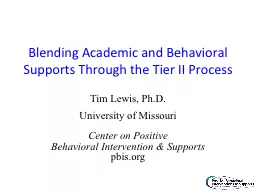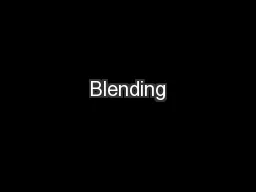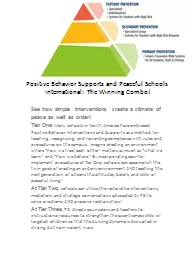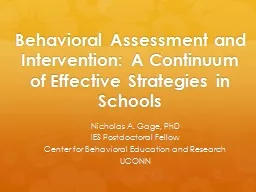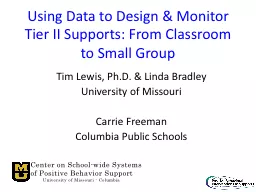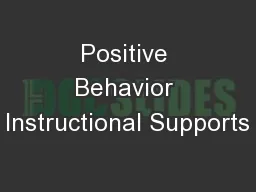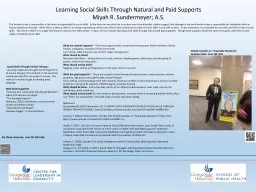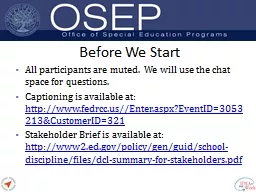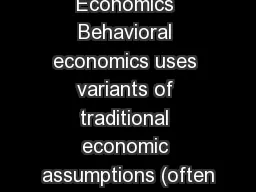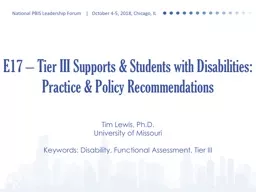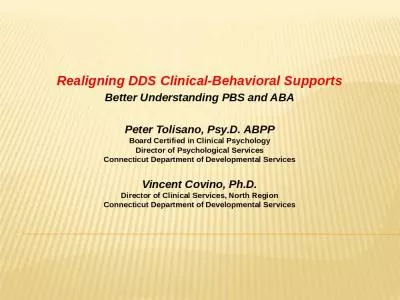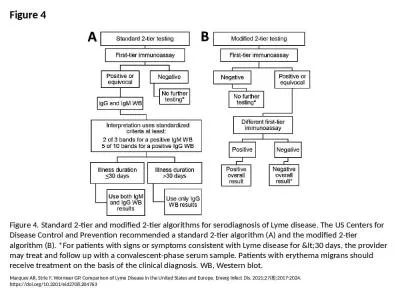PPT-Blending Academic and Behavioral Supports Through the Tier
Author : natalia-silvester | Published Date : 2016-05-14
II Process Tim Lewis PhD University of Missouri Center on Positive Behavioral Intervention amp Supports pbisorg Teams Data Practices Systems Schoolwide PBS Universals
Presentation Embed Code
Download Presentation
Download Presentation The PPT/PDF document "Blending Academic and Behavioral Support..." is the property of its rightful owner. Permission is granted to download and print the materials on this website for personal, non-commercial use only, and to display it on your personal computer provided you do not modify the materials and that you retain all copyright notices contained in the materials. By downloading content from our website, you accept the terms of this agreement.
Blending Academic and Behavioral Supports Through the Tier: Transcript
Download Rules Of Document
"Blending Academic and Behavioral Supports Through the Tier"The content belongs to its owner. You may download and print it for personal use, without modification, and keep all copyright notices. By downloading, you agree to these terms.
Related Documents

